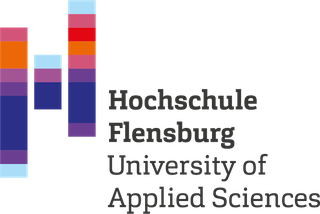A systematic literature review on the industrial use of software process simulation
Bin Ali, N., Petersen, K., & Wohlin, C. (2014). A systematic literature review on the industrial use of software process simulation. Journal of Systems and Software, 97, 65–85.
